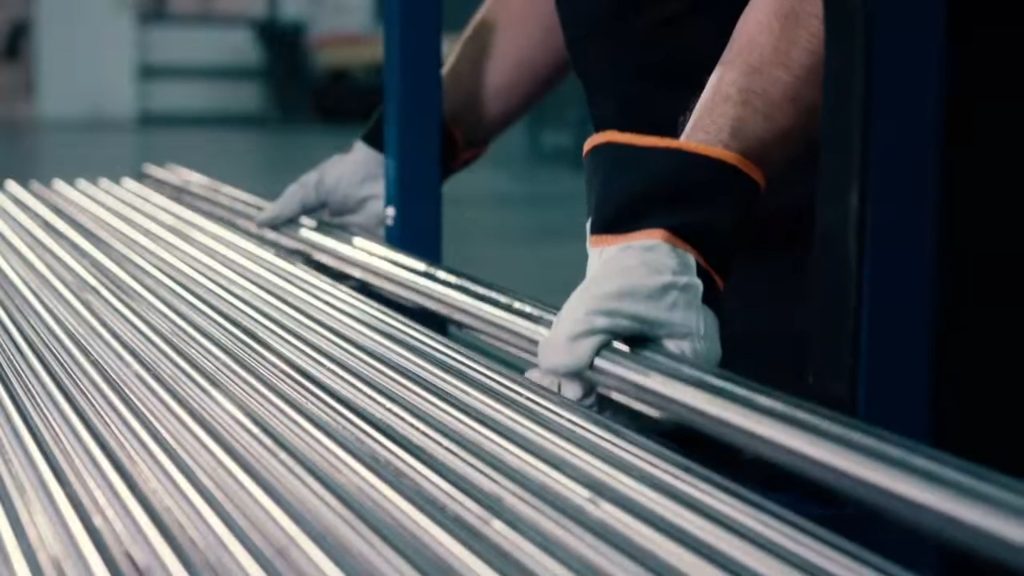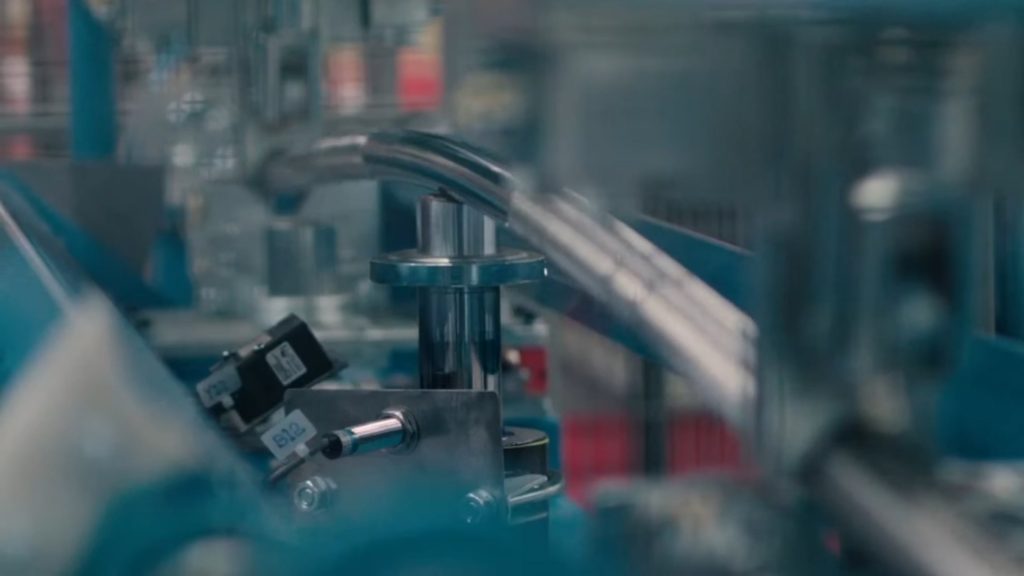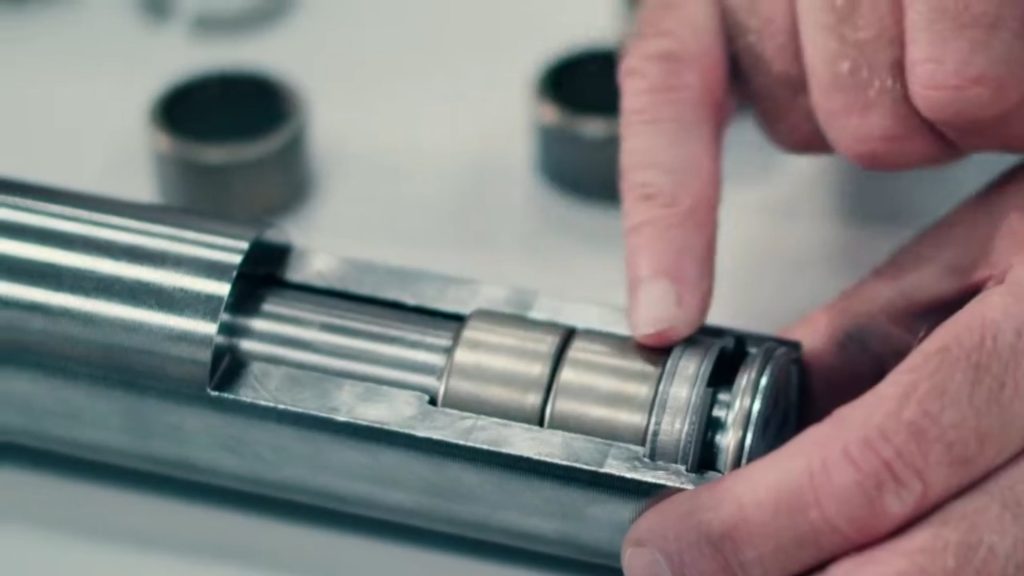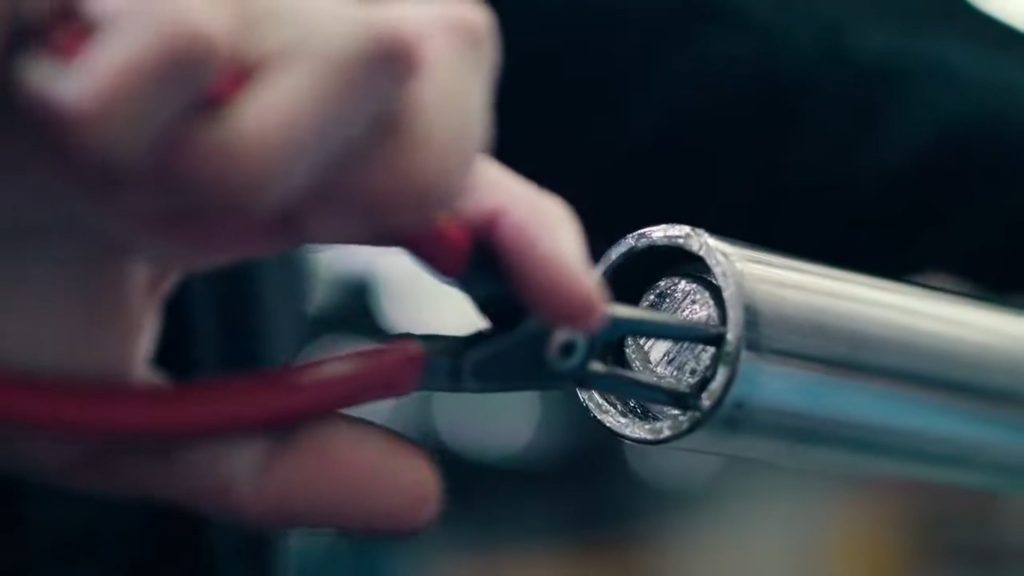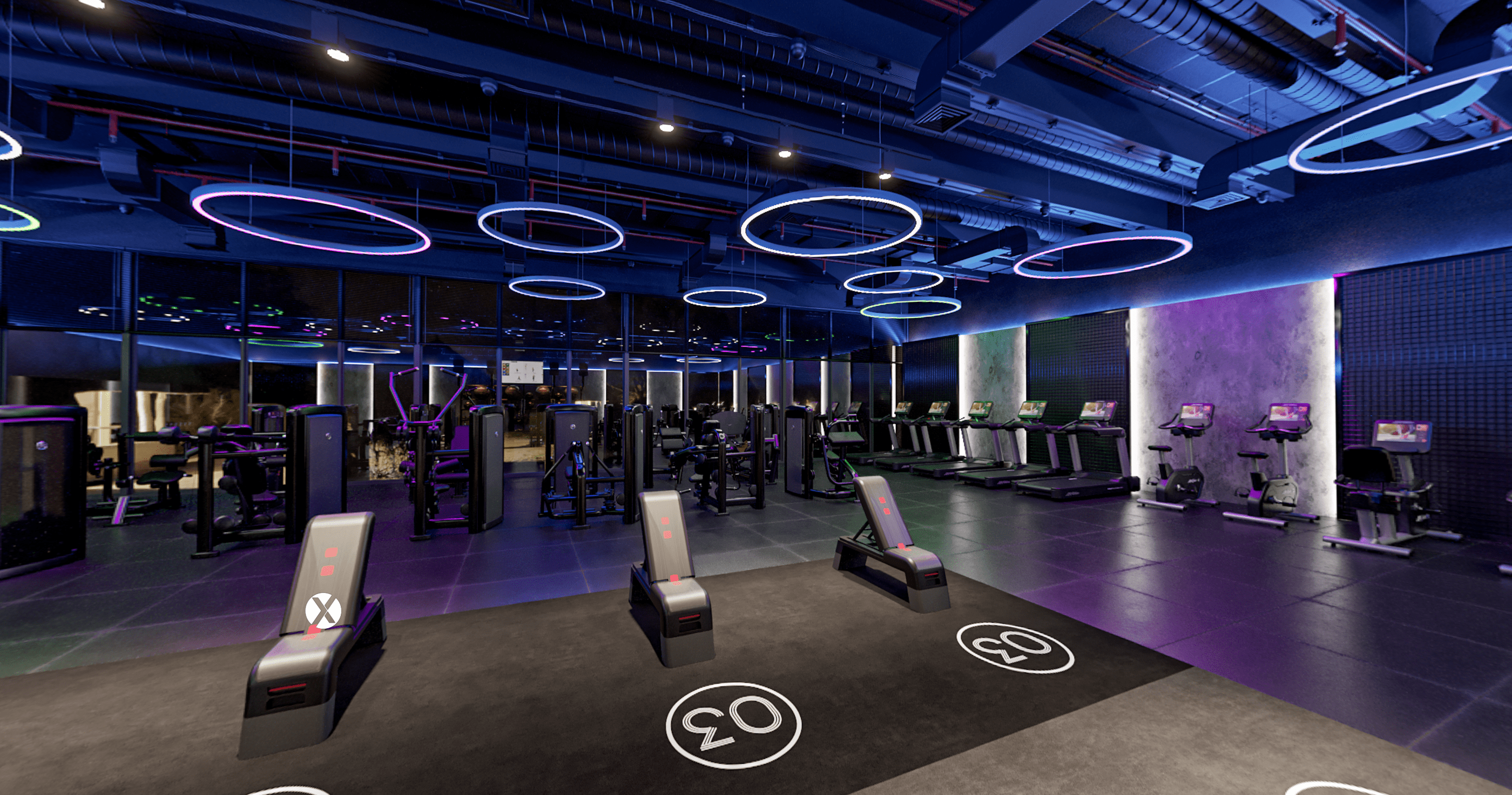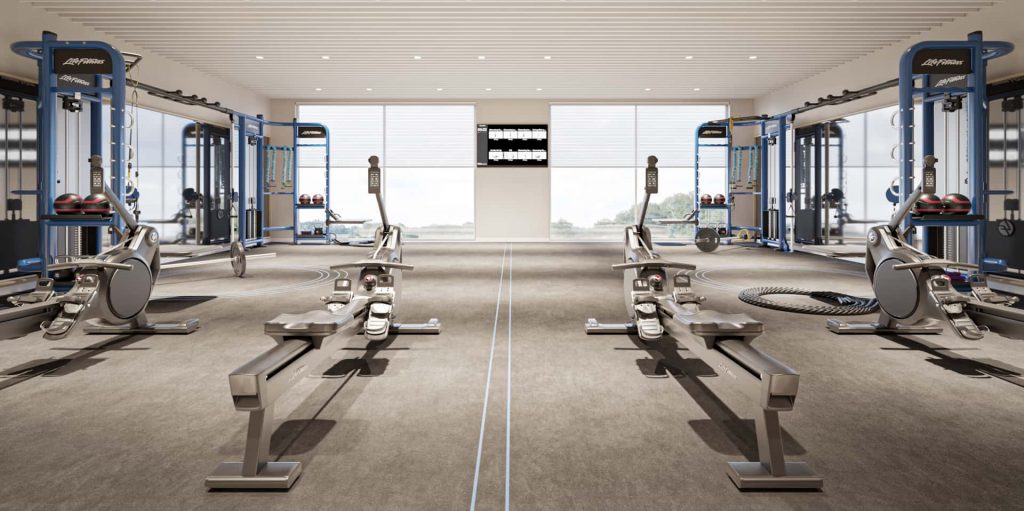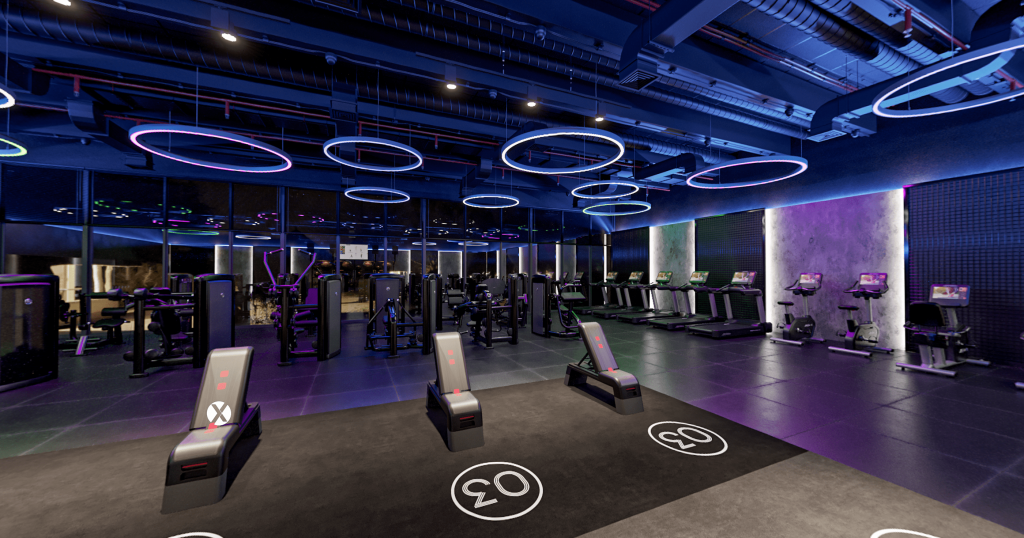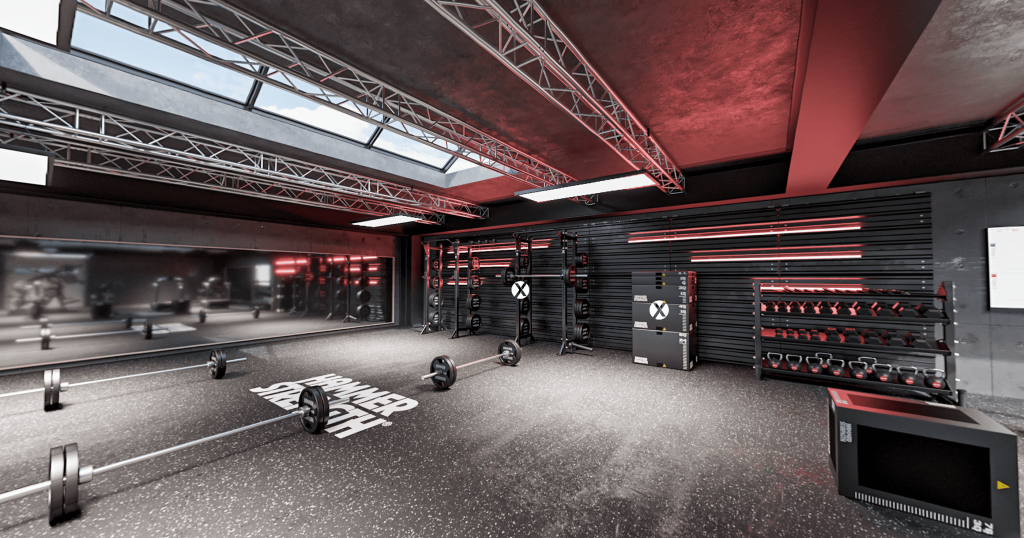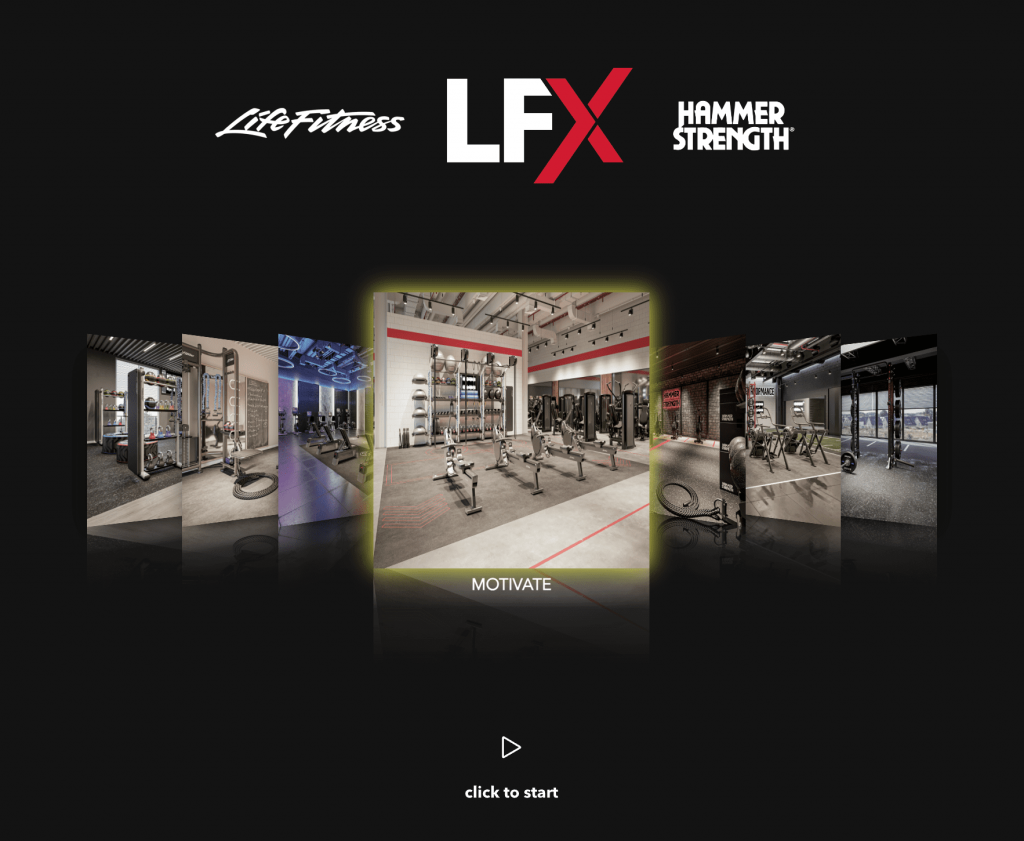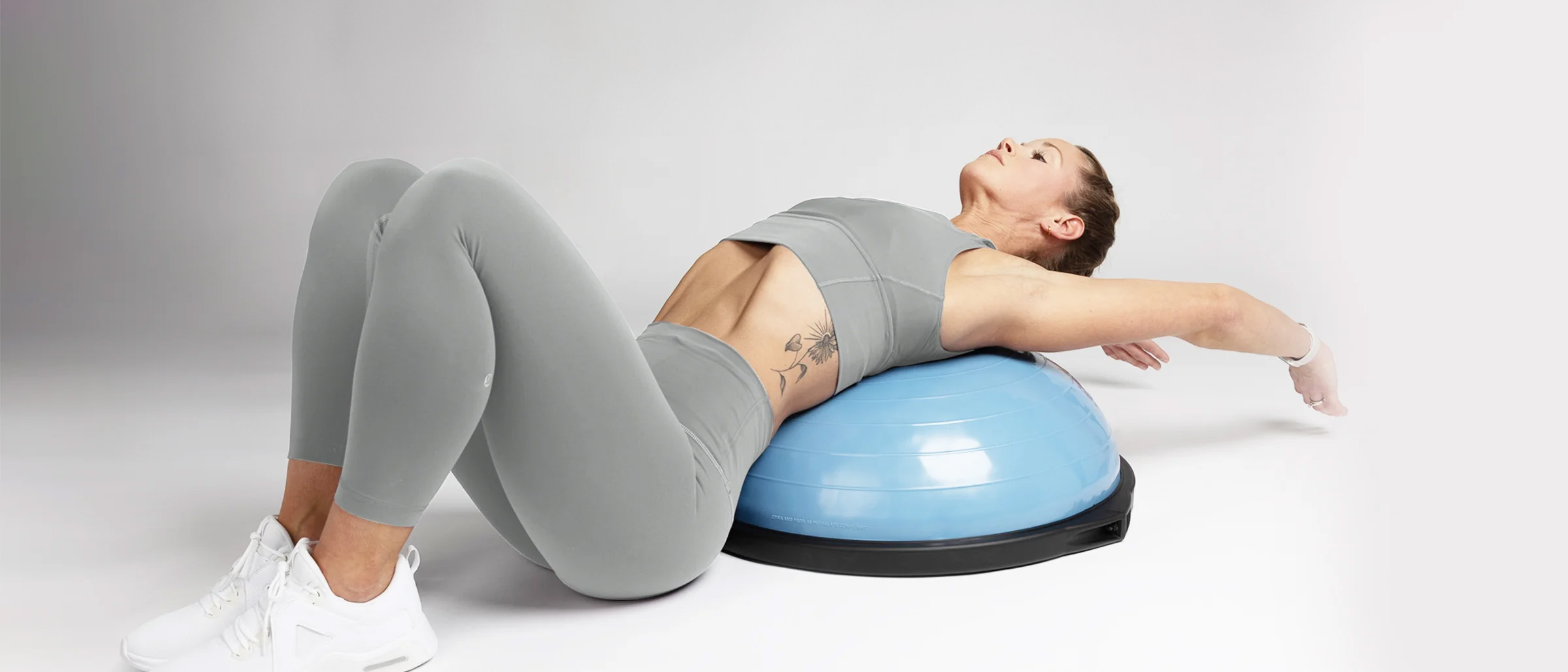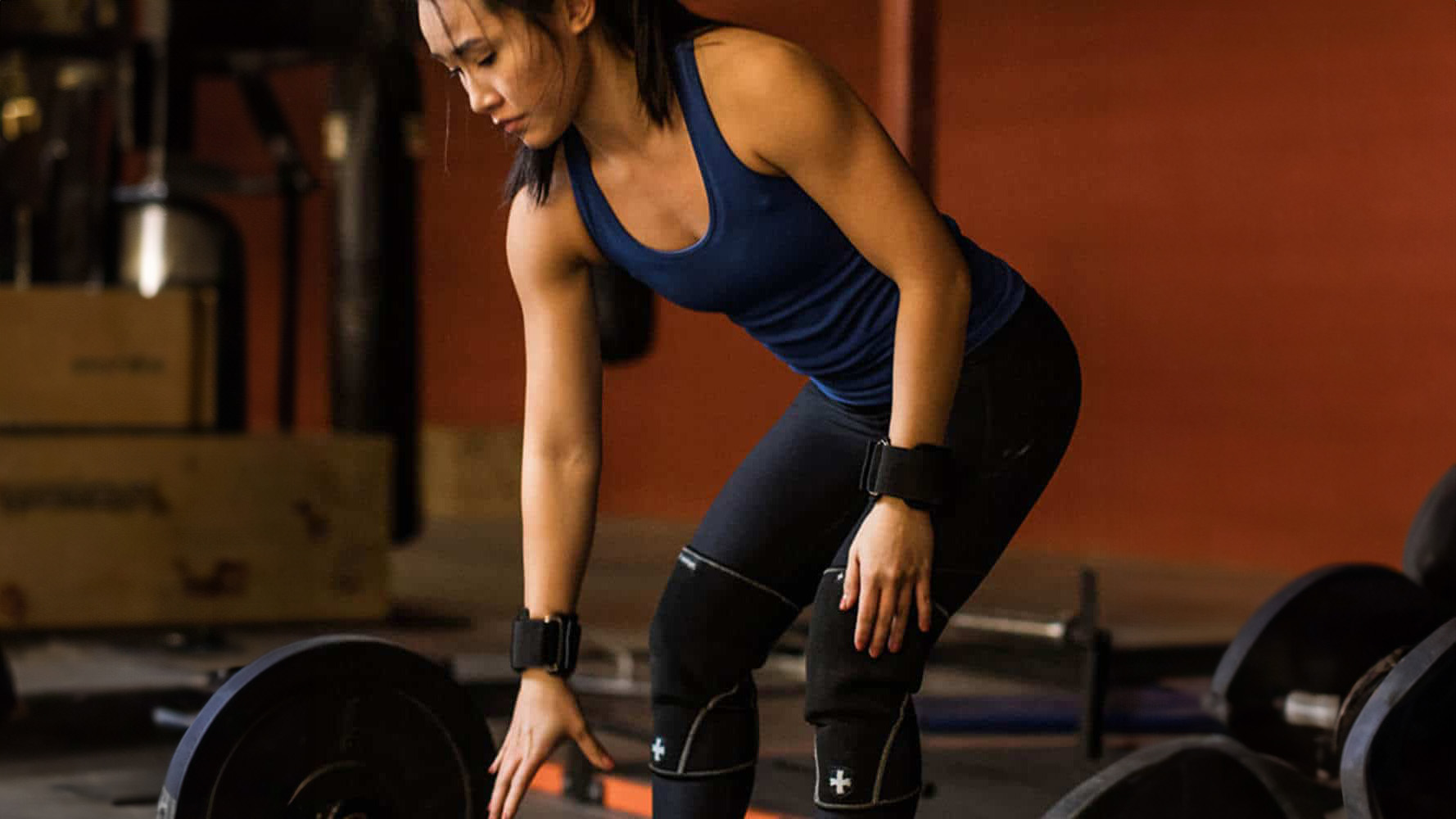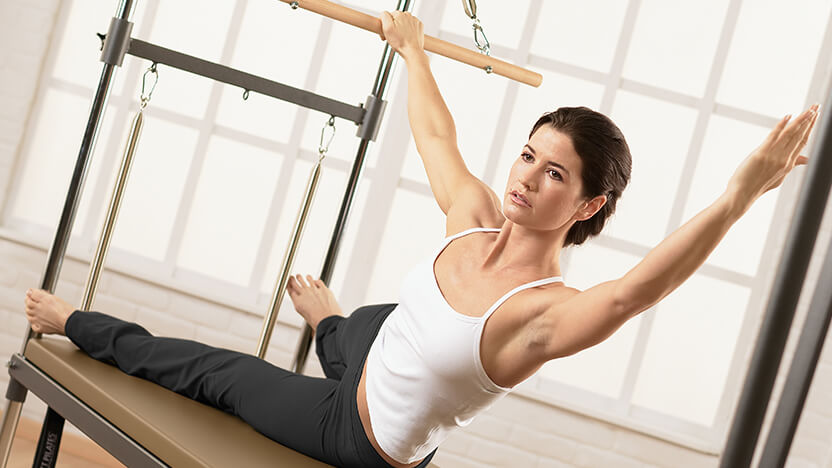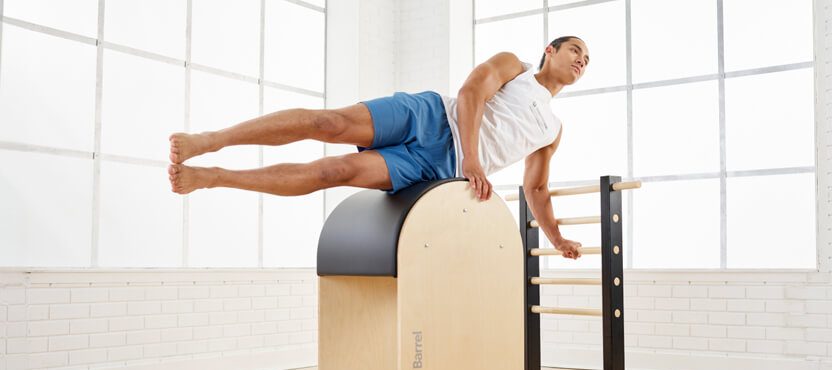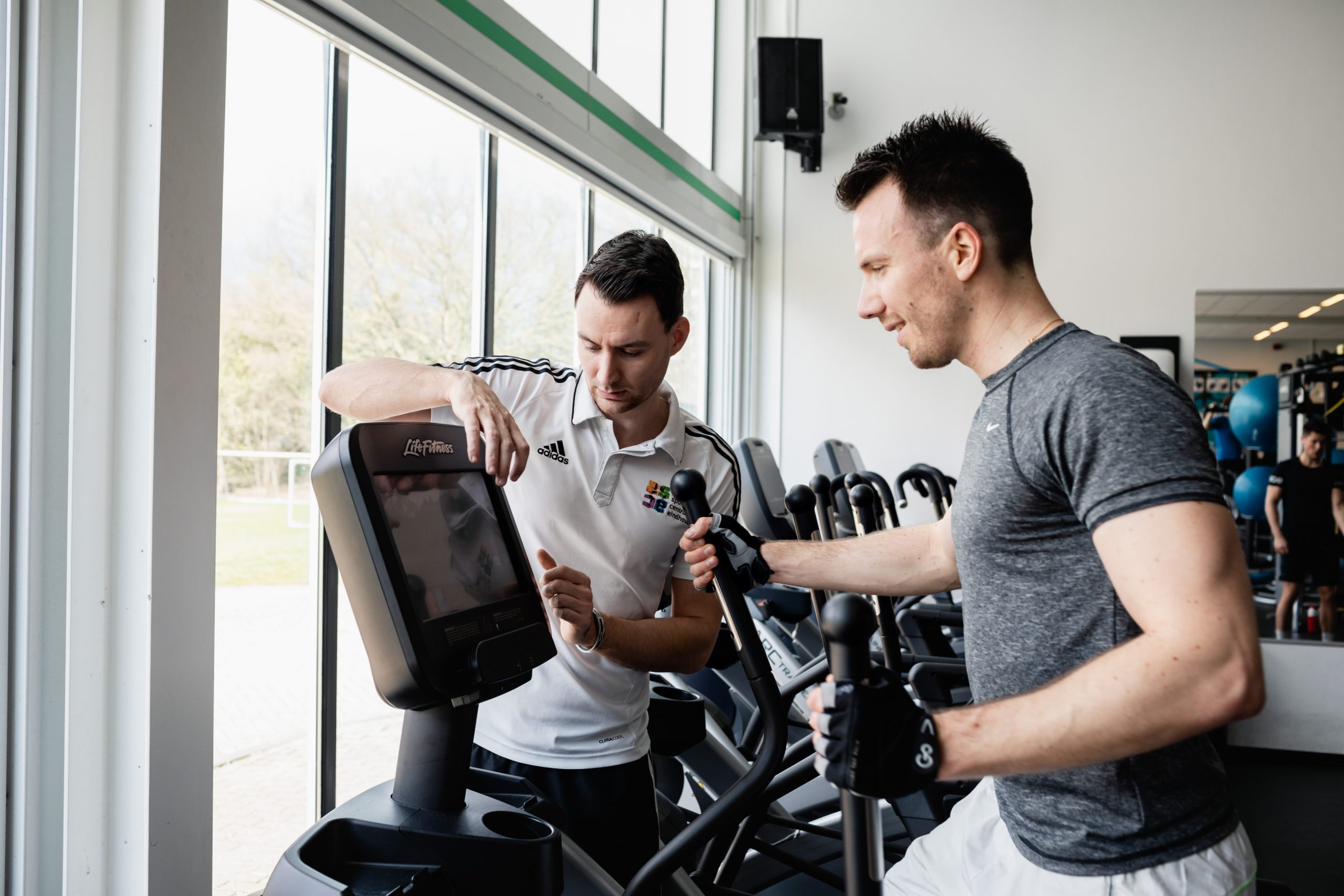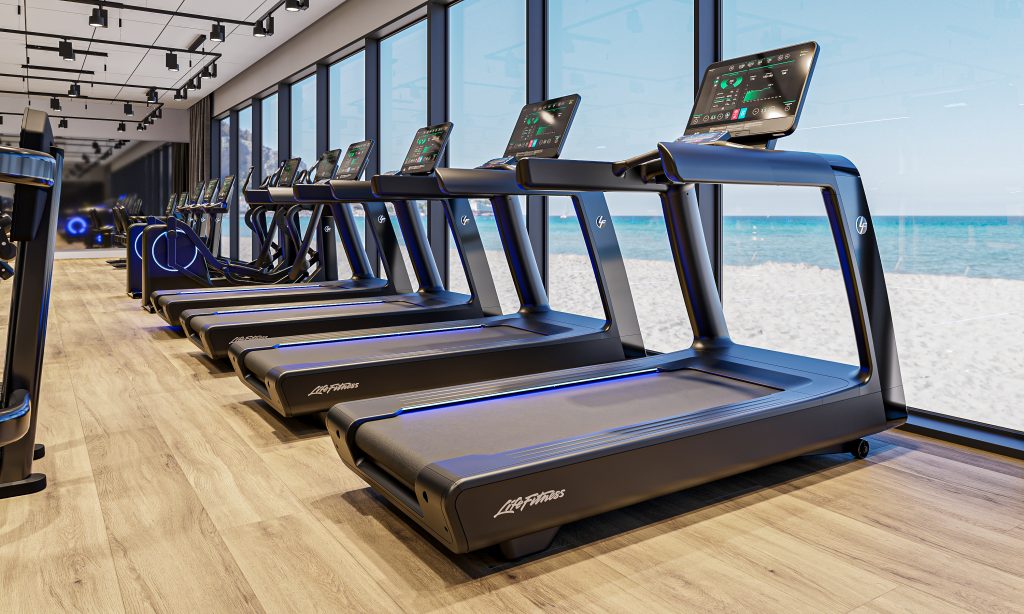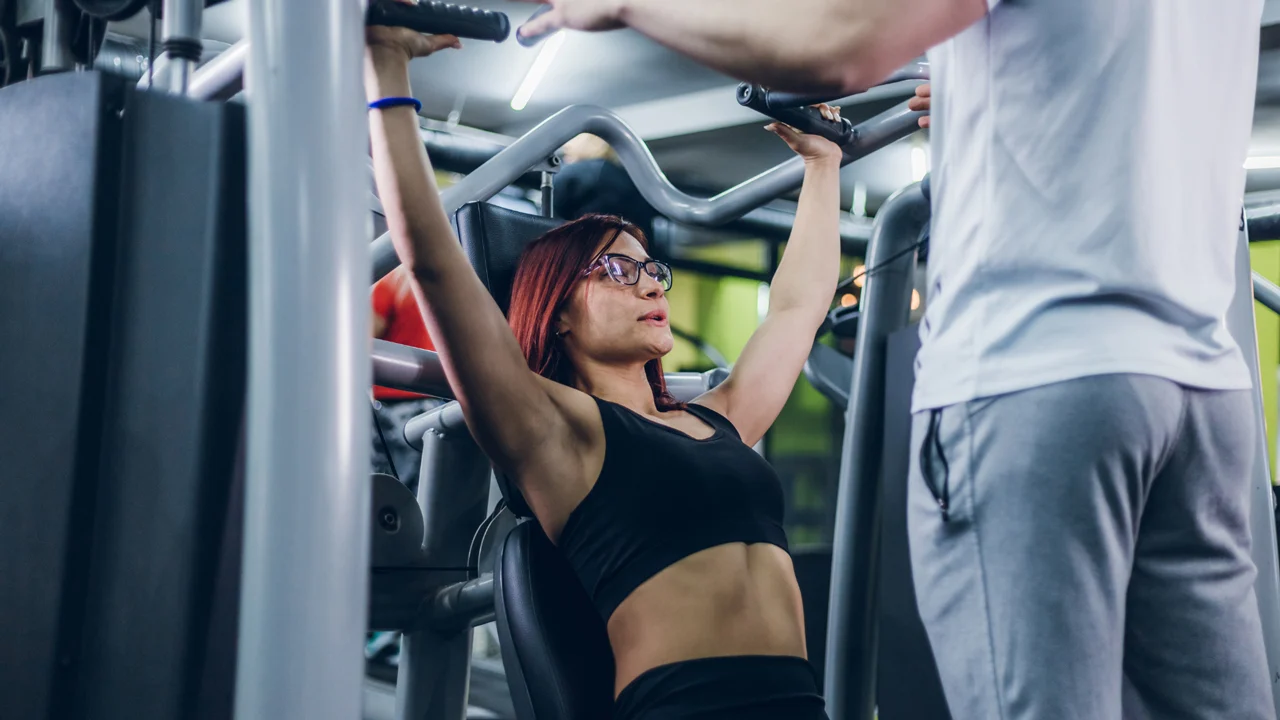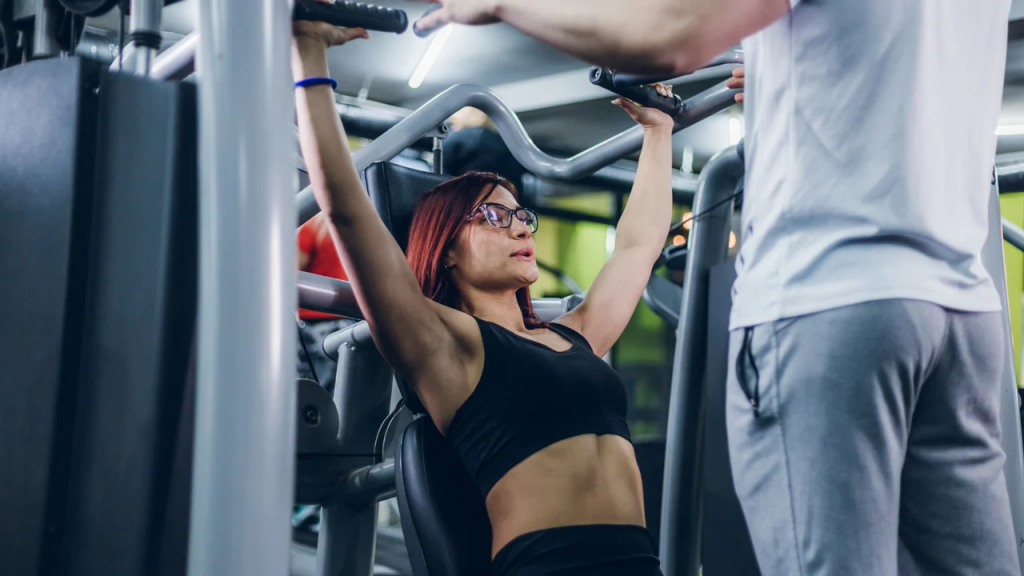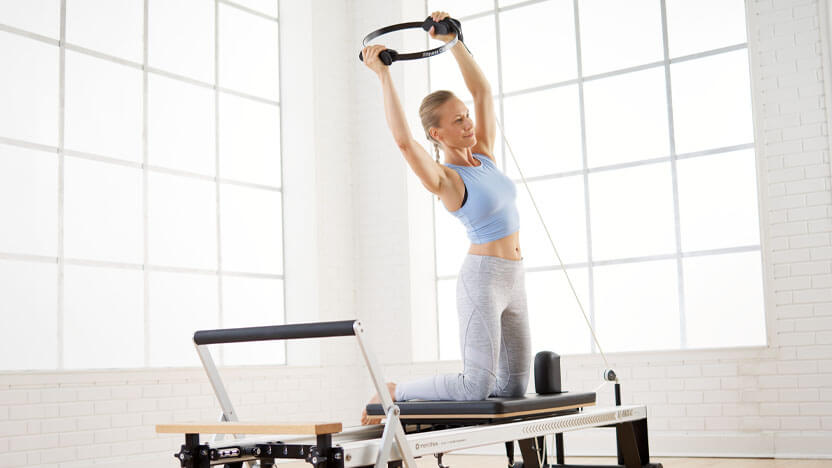How Bar Knurling Differs
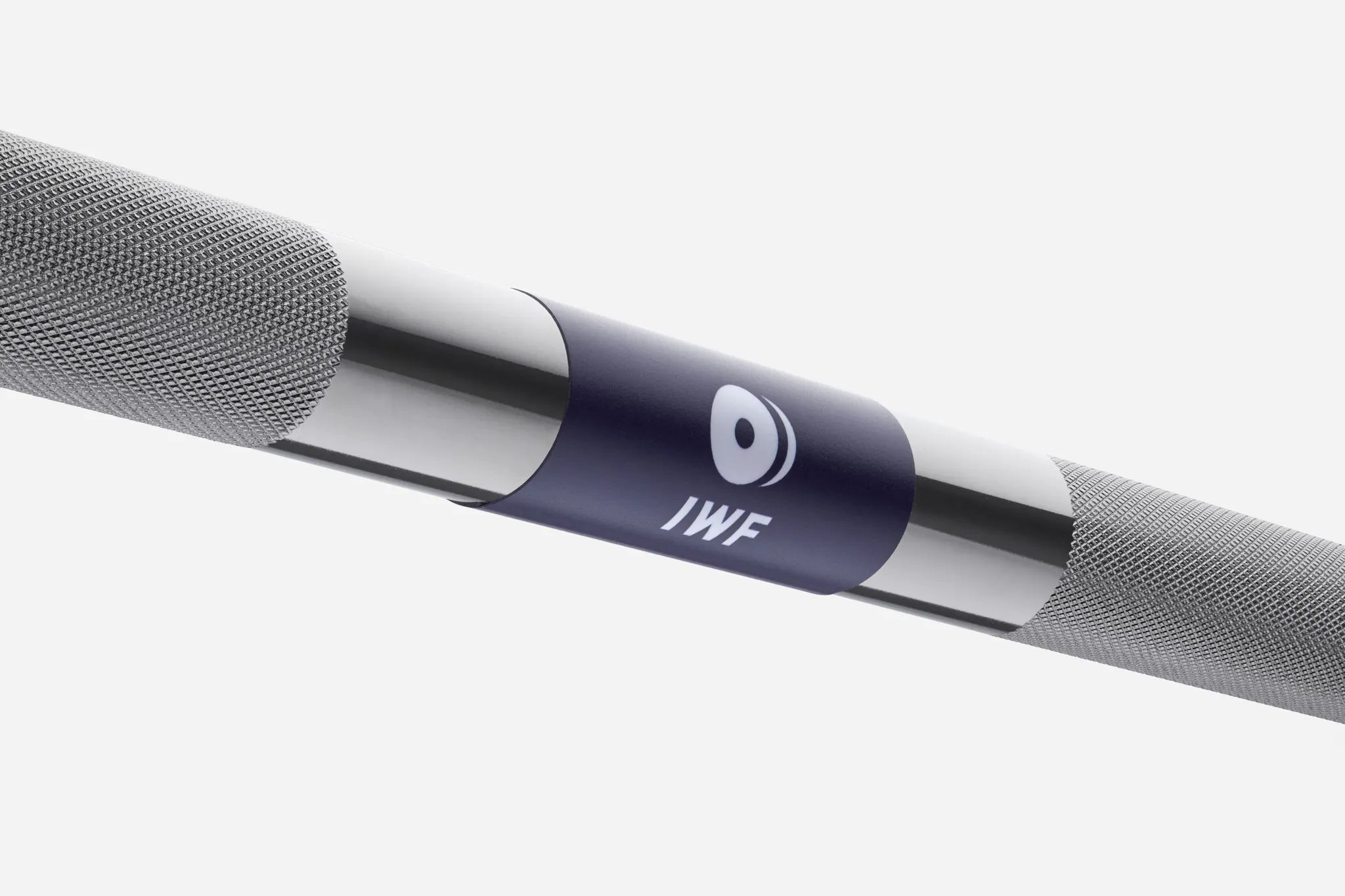
How bar knurling differs – and why it matters.
In this knurling guide, we explain what barbell knurling is, why it’s important and how we have chosen what we believe is the optimal knurling for powerlifting, weightlifting and hybrid training.
Grip is a critical factor in a bar – and barbell knurling plays a big role. Eleiko’s knurling options are specifically refined to meet the varying needs of our diverse user groups, enhancing the feel and performance for all categories of lifters.

What is barbell knurling?
Barbell knurling is the crosshatch pattern on the shaft of the barbell designed to increase the amount of grip on the bar by increasing friction between your hands and the bar. Knurling is made by pressing the material into diamond-shaped pyramids and varies greatly in depth, pattern, and aggressiveness. Different types of knurling are used for different types of bars, accommodating the various needs of today’s lifters. The pattern, depth and finish all play a role in how the final knurling will feel to the athlete.
Why is barbell knurling important?
One of the most important aspects of lifting is the ability to achieve a strong, controlled, and well-placed grip. Knurling provides a critical benefit to the performance and safety of the lifter.
Grip: The knurling type will determine the type of grip you can get on your bar, and the more you lift, the more important this will become. Knurling is vitally important on pulling movements, where some movements, such as deadlifts and rows, can only be performed effectively when you have a good grip on the bar. Different sports and disciplines require specific levels of grip, which is why the knurling on a powerlifting bar will differ from that of a weightlifting bar. Having the right type of knurling for the sport is not only a question of performance but also of safety. Slipping on the barbell is not only ineffective but can also be dangerous to the lifter and the surroundings.
Hand placement: Knurling plays a major role in hand placement on the bar, assuring a correct grip. Hand placement affects the ability to push and pull weight, and the strategic placement of the knurl will provide an indication of where your hands should be placed. In competition settings, the grip markings act as both reference points and in certain lifts, to check legal hand placements.
Comfort: Knurling is about striking a balance between grip and comfort, assuring you can get the most out of your lifts – but just as much about personal preference. Routine lifters often have an arsenal of different bars, and different knurling options, to choose from. As a rule of thumb, choose a knurling aggressiveness that is specifically designed for the type of training you perform most of the time. Looking to purchase just one bar? A balanced knurling, found on many hybrid bars, will suit a variety of lifters and training styles.
Knurling categories — Mild, balanced (competition or training) and aggressive
The key to making great knurling is balancing sharpness, ensuring durability, and configuring the knurling to the type of lifting performed. Two factors go into creating knurling tailored for different uses: the spacing between the diamond shapes and the depth of cut. Although there is no industry standard for how to gauge, classify or identify the severity or style of knurling, Eleiko bars are divided into three distinct knurling categories.
1.0 Knurling (mild): found on our XF, Performance, Group Training and Technique Bars is our least aggressive knurling, good for all-round use and high-volume training. The knurling is soft and will not damage your hands as you perform high repetition training.
1.2 Knurling (competition or training): used on our IWF-certified weightlifting bars as well as our Rack bars, is a sharper knurling to ensure a secure grip for Olympic lifts.
1.5 Knurling (aggressive): our most aggressive knurling, is used on our Powerlifting bars. It is very sharp and deep, ensuring a strong grip for heavy lifts.
Within each category, the knurling is carefully inspected and divided into subcategories based on the level of aggressiveness – mild, balanced or aggressive – and which bar category it suits best. For example, training bars have a shallower depth knurl while competition bars are deeper and therefore more aggressive. This quality procedure provides Eleiko bars with a tailored grip that is designed to meet the specific needs within each bar category: Training, Competition, Performance or Technique.

How is knurling made?
To add knurling, the bar is first placed into a CNC lathe. Contrary to popular belief, a minimal amount of metal is removed when the knurling is being machined into the bar stock. The lathe has 2 small discs, also referred to as bits, that have a right-hand and left-hand pattern set at 180 degrees from each other. As the bar rotates in the lathe, the bits forcefully push and distorts the steel, squeezing the steel into the shape desired. The bits are extremely sharp steel to be capable of distorting heat-treated forged steel.
The aggressiveness of the final knurling is determined by 4 factors:
- How many revolutions the lathe makes prior to advancing the bits to the next portion to receive treatment.
- The squeezing process from tension on the bits. The higher tension equals higher peaking and pointedness, resulting in a more aggressive knurl.
- How sharp the bits are. The more the bits on the lathe are used, the softer the knurling will be.
- The knurling on the untreated bars is more aggressive compared to the chromed ones as the chrome fills out the valleys between the peaks somewhat.
The result is the signature Eleiko knurling that is firm, but not too sharp, allowing you to lift with complete contact and no slippage. The waffle-pattern knurling is a nod to our history, as Eleiko originally produced waffle irons and other small electronics.

How to choose the right knurling for you
Every sport and training style is different, thus requiring different knurling types. Consider the type of strength training that you perform most of the time.
Weightlifting bars, or Olympic bars, generally have less aggressive knurling than powerlifting bars, while still ensuring a strong and secure grip for explosive Olympic lifts. Knurling on weightlifting bars may also extend further on the bar sleeve to accommodate a wide grip while lifting.
Olympic barbells typically have a smooth center knurl. This will prevent your neck and shoulders from getting scraped when front racked in a clean. 20 kg weightlifting bars that are certified by the IWF are required to have a center knurl.
Powerlifting bars generally have the most aggressive bar knurling, and for obvious reasons: powerlifters move more weight than anyone. The aggressive knurling tends to be deeper, sharper and more coarse than weightlifting bars and is designed to improve grip on heavy lifts. Having aggressive knurling is especially important for deadlifts.
Traditionally, powerlifting bars have a center knurl to provide a strong grip surface when back squatting, preventing the bar from sliding down the lifter’s back on heavy lifts.
Hybrid bars, while serious powerlifters and weightlifters will prefer to use bars that are specifically designed for their sports, many users prefer to use one bar that can be used for all styles of training. For accommodating functional fitness training needs, the key is flexibility and comfort. Hybrid bars, also referred to as multi-purpose bars, generally have a less aggressive, softer knurling that is comfortable for a wide variety of users and will not tear up your hands.
For example, the Eleiko XF Bar has a balanced knurling that gives full control while remaining comfortable for higher volume training sessions. The bar has dual markings for both powerlifting and weightlifting and is suitable for CrossFit, functional fitness, and home use. Most hybrid bars have no center knurl to prevent chafing, due to the many body parts that come in contact with the bar in this type of training.

Knurling based on bar catgory: Training, competition, performance and technique
Eleiko bars for powerlifting and weightlifting are divided into four main categories: Training, Competition, Performance and Technique. Here’s how the knurling differs:
Eleiko training bars deliver the feel and performance of our competition bars, but with less sharp knurling making the bar appropriate for a higher volume of lifting.
Eleiko competition bars, designed specifically for competitive Olympic weightlifting or powerlifting, have an aggressive knurling suited for one rep max attempts. Our Competition bars are certified by all three federations: IWF, IPF and WPPO.
Eleiko performance bars are designed for multi-purpose use and optimized training for athletes in professional sports. The Performance bars typically have a balanced knurling, sharp enough to give full control without becoming uncomfortable during higher volume training sessions.
Eleiko technique bars have a balanced knurling for both control and comfort and are suitable for technique work. The grip replicates the feeling of our performance bars, facilitating a seamless transition between the two as skill and technique improve.

Center knurl or no center knurl?
Another key element that may impact your purchase decision is whether the bar has a center knurl. A center knurl is placed evenly between each side of the shaft. The difference between the center knurl and the split knurling on the shaft is the user benefit. Where the knurling on the side of the shaft is designed mainly to increase grip in your hands, the center knurl is for the grip on other parts of the body or clothing.
So, is center knurl necessary? That depends on the type of training you are performing. For powerlifting, a center knurl will benefit when performing back and front squats. Similarly, in weightlifting when performing cleans, a bar with recessed center knurling will grip to the material on your chest/collar bones. In weightlifting, a center knurl will typically not bother you as the number of repetitions is typically low. However, when lifting during CrossFit workouts or other high repetition training sessions, be cautious — a center knurl result may result in scraping your chest.
Grip markings
Grip markings, also referred to as knurl rings, are smooth, knurl-free rings that appear on the barbell knurling to guide hand placement for different lifts and maintain consistency.
There are typically two types of grip markings found on barbells – powerlifting grip markings that are placed closer to the center of the bar, standardized at roughly 32 (exactly 810 mm) apart by the International Powerlifting Federation (IPF) and Olympic grip markings, standardized at roughly 36 (exactly 910 mm) apart by the International Weightlifting Federation (IWF) that are placed closer to the sleeves. Many hybrid or multi-purpose bars have both dual grip markings to help assure correct hand placement during a wide variety of lifts.
For an improved lifting experience
Ultimately, the main benefit of the barbell is the ability to cater to the need of many different members — and knurling is an important element. We have outfitted our bars with knurling that is specifically tailored to the training type, be it powerlifting, weightlifting or hybrid training, to improve both feel and performance for lifters in all categories.
Source: https://eleiko.com/en-us/stories/how-bar-knurling-differs



